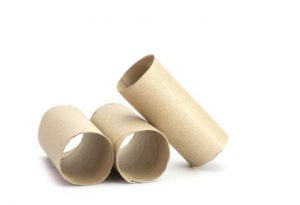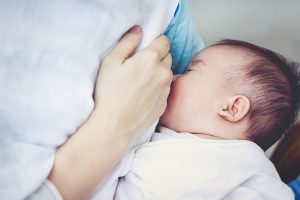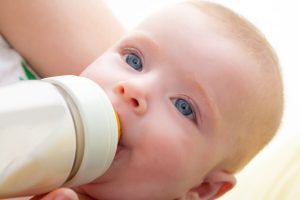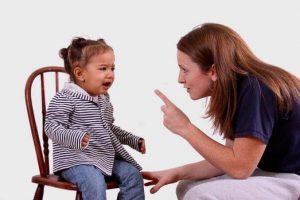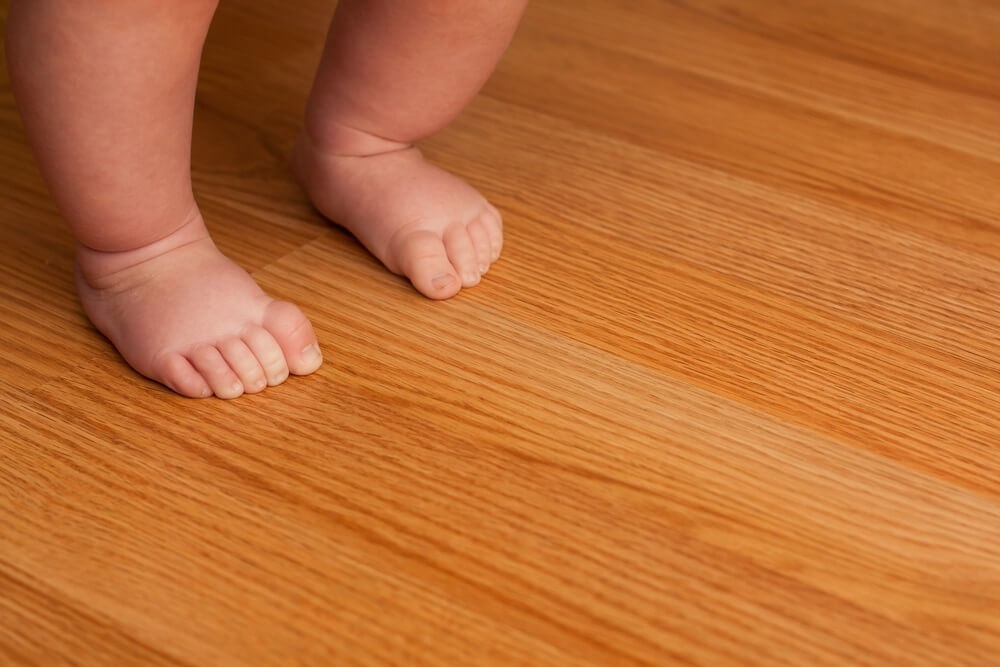
If you’re like most new parents, you’ve been thinking about that all-important babyproofing to-do list from the moment you brought your new baby home. You may be prepped and ready to go with dozens of electrical-outlet covers and baby gates, but if you live in an apartment or rental home, you could be facing special circumstances when it comes to babyproofing. Here are the important considerations to keep in mind when babyproofing a rental property.
Stairs and Doorways
Blocking off dangerous doorways and stairways is at the top of any babyproofing list, but it can be a challenge to install gates if you are prohibited from drilling holes in the walls. Keep in mind that there are two kinds of baby gates, both designed to block a baby from gaining access to a hallway, room, stairway, or pet area. One type requires being screwed into the wall; the other is classified as “no-drill.” This second kind, pressure-mounted to stay in place, is okay to use on one level, but it is a dangerous no-no at the top of stairs, as it’s more susceptible to being pushed over by baby.
If your lease specifies that you can’t screw a baby gate into the wall, it’s time for a chat with the landlord. You’ll need to ask permission to screw in a secure baby gate to avoid tragedy. As you look at gate options, think about what other areas you don’t want your baby crawling into, including pet areas, the kitchen, laundry room, or mudroom, and request permission for each area. Gates with solid panels trump gates with bars, safety-wise.
Windows
Windows pose the largest threat on upper floors but can be dangerous anywhere. If the window frames in your rental do not have safety locks, you can buy them relatively inexpensively. Also, look for window guards that allow you to open the windows while keeping your baby safe from pushing out the screen. Don’t place furniture near any windows without locks and guards, especially your baby’s crib.
Window treatments are another safety item to consider: The safest options for small children are those with no cords. In a rental, you may have little choice but to use the window treatments that are already in place. If your apartment already has blinds or shades with cords, be sure they’re tied securely out of your child’s reach at all times, and keep all furniture away from them to prevent your child from climbing and gaining access.
Cabinets and Drawers
A great first move for your cabinets and drawers is to rearrange things so that ingestible products — from cleaning products to toiletries — are stored up high. It’s also a good idea to install cabinet-door locking systems.
There are several options of child-safety locks for doors and drawers, including many which won’t put your security deposit at risk. Some are magnetic (and go in with adhesive) but others do require being screwed into the cabinetry, so read labels carefully.
Also consider chatting with your landlord or management about locks before you go shopping. Odds are good you’re not the first-ever pregnant tenant in your complex, and management may even be willing to make concessions on no-drill policies for safety purposes.
Faucets and Appliances
To prevent scalding young children, your water heater should be set no higher than 120 degrees F. In an apartment, it’s likely that you do not have control over your water’s settings, so be sure to request this adjustment from your landlord. (While you’re assessing the bathroom, consider this: It may sound funny, but baby-proof clips for toilets do exist; add them to your list.)
Also, inspect your appliances while sitting on the floor. If your rental is equipped with older appliances, it’s possible the door hinges do not function correctly. Does the oven door open easily or fall down when pried? Does the fridge or freezer door open too easily? If so, what’s within reach, and what happens when it closes again? Dishwashers are especially troublesome, because the doors are low and often lightweight, and the interiors contain knives, food-encrusted objects, and ingestible soap or residue. Add child-safe locks to appliance doors to help prevent accidents.
Accents and Furnishings
Sharp corners on a fireplace hearth, an easily accessible wood stove, metal radiators — while you may not be able to make permanent changes to these hazardous areas in a rental, you can still help protect your child from the dangers they pose. Go room to room at the level of your child and check for sharp corners or burn hazards. Purchase safety guards to protect against head bumps and burns.
While you’re at floor level, see if any piece of furniture could tip over if small hands grab the bottom of it. If there’s any chance at all — because a piece is top-heavy or just plain tall — then secure it to the wall. If your lease does not allow holes in the wall, put in a request to the landlord, add weight to the bottom, or add structural support however you can. This is particularly crucial when it comes to bookcases and tall, free-standing cupboards: childproofing is a must.
The Floor
While you may have little choice about the floor coverings in your apartment, you can take steps to improve safety. Hardwood and tile can be slippery and a hard place to fall for first-time walkers. If using area rugs to soften the floor, use nonslip pads and avoid thicker rugs baby could trip on.
Outdoor Amenities
Your apartment complex should have a fence around the pool and a hard, locked cover during the colder months when the pool is closed. Make sure the gate has a secure lock system to keep children out.
Landscaping can also pose a threat to children, from something as simple as stickers in the lawn to plants that are poisonous if eaten. If the property management company uses chemicals to treat the lawn or garden, ask about how long your child should steer clear. Do some research or keep your precious new family member away from potentially harmful substances.
While we may not have complete control over our rental properties, we can still take a proactive approach to keep our babies and toddlers safe. Don’t forget the common babyproofing steps of covering electric plugs and keeping small objects off the floor, but don’t be afraid to go the extra mile and make special requests of your landlord. Keep in mind that he or she will likely work with you to make it a safe home for all—your child’s safety is an important part of having a happy home and a happy tenant.
Libby McMillan Henson is a writer for Apartment Guide and Rent.com. Formerly with USA TODAY 10Best, Libby is a lifelong traveler and photographer. Libby has lived in Austin, San Francisco, Nashville, Boston, and Sanibel/Captiva Islands. She now resides in Greenville, SC, and loves exploring new places.
